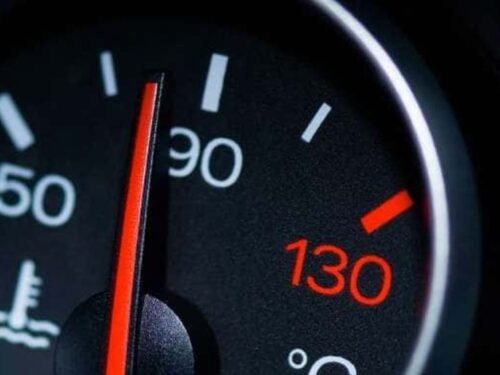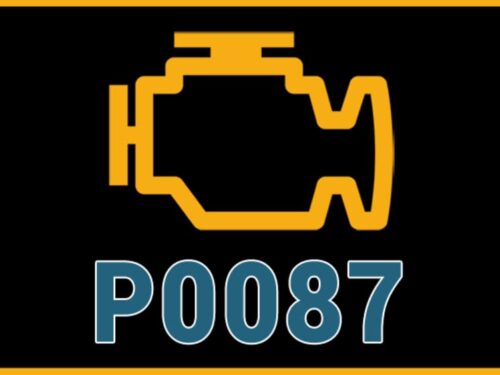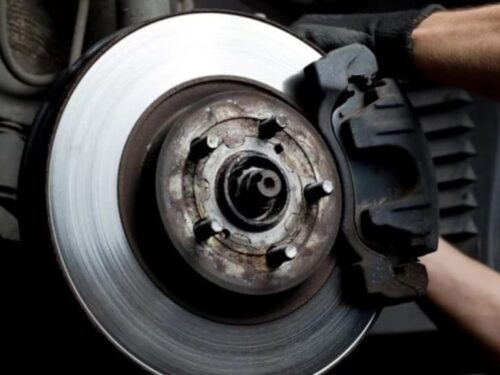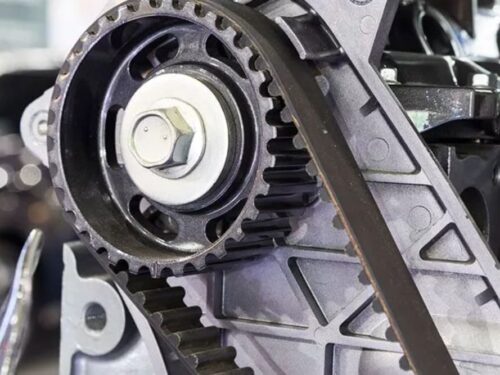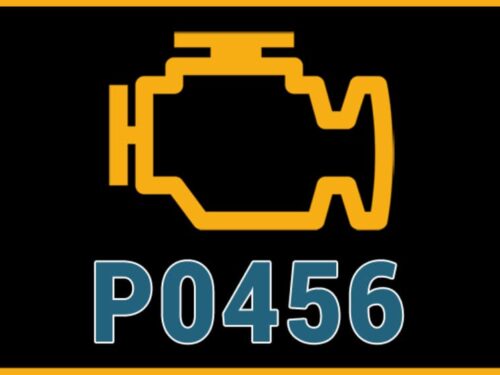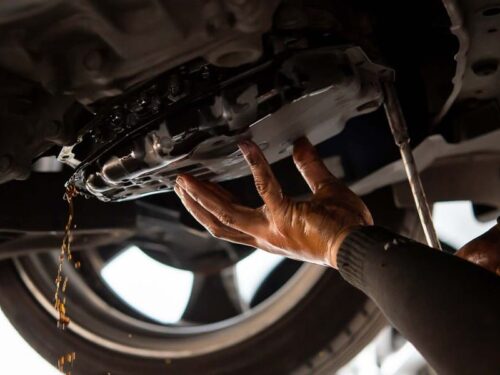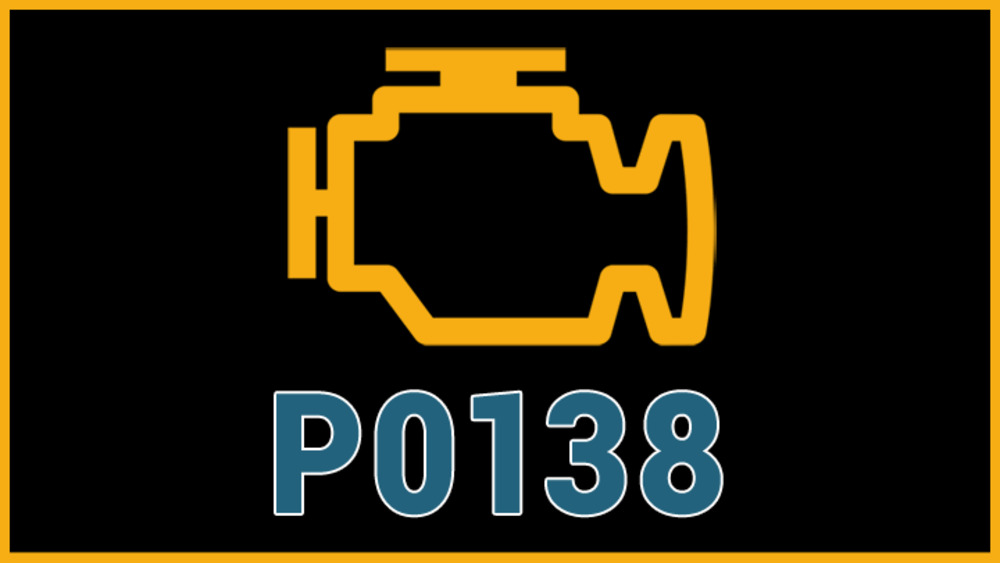
Check Engine Light Series: Article #2
Did you know there are more than 1,400 reasons that can cause your vehicle’s “Check Engine” or “Service Engine Soon” warning light to turn on? The light is part of your vehicle’s on-board diagnostics (OBD-II) system and can indicate anything from a quick fix like a loose gas cap to a major problem, such as engine misfire. The primary purpose of the OBD-II system is engine management with a secondary focus on emissions reduction. Your car is programmed to alert you any time the engine control computer detects that a sensor or system isn’t performing the way it’s supposed to.Here’s another example of a problem that can trigger the light…
Trouble Code: P0138 Oxygen Sensor Circuit High Voltage
Threaded into your vehicle’s exhaust pipes or exhaust manifold is a heated oxygen sensor (HO2S), which monitors your exhaust to see if the engine is running on too much fuel and not enough air or vice versa. It continuously sends signals back to the engine control computer to adjust the amount of fuel and air going into the engine cylinders. This helps to reduce exhaust emissions. An HO2S is designed to function efficiently for 90,000 to 120,000 miles, depending upon the automaker. Once the oxygen sensor stops performing as intended, the vehicle computer detects that and turns on the Check Engine light. This will usually have a diagnostic trouble code (DTC) of P0138. Typically, you’d take the vehicle into the shop, where they’d diagnose the issue and replace the oxygen sensor for you.
The Case For Replacing The Oxygen Sensor As Preventive Maintenance
While the vast majority of motorists and auto shops replace an HO2S only when it triggers the Service Engine Soon light, there’s a case to be made for replacing it as part of a preventive maintenance routine. Why is that? An oxygen sensor with more than 100,000 miles on it doesn’t respond as quickly as it should. In the short term, that means diminished fuel efficiency, which means you’re spending more at the gas pump. Sure, this won’t add up to much at first. But over the long term, a sluggish oxygen sensor has a detrimental effect on other, more expensive components. When an HO2S fails to respond efficiently, your engine will be firing with too much fuel and not enough air or vice versa. In most cases, excessive fuel that is not burned by the engine is initially deposited in the intake and cylinder heads. This fuel eventually makes its way into the crankcase, where it contaminates the oil and hinders lubrication. Lack of engine lubrication can shave years and thousands of miles from the life of an engine.Left unchecked, this rich or lean condition can also damage other emissions sensors, cause ignition system problems, ruin the catalytic converter or lead to internal engine failure. At that point, what would have been a few hundred dollars to replace a sluggish HO2S has mutated into a problem that may cost thousands. Remember that your vehicle is a lot like the human body: You can’t feed it junk food, booze and cigarettes, never exercise, and expect to be healthy.
Deceptive Oxygen Sensor Codes
While it’s common for the HO2S to wear out over time, there are a number of other issues that trigger a P0138 diagnostic code and have nothing to do with the oxygen sensor. These include:
- An inefficient catalytic converter.
- Engine vacuum leaks that create a lean exhaust condition.
- Mass airflow sensor failure that creates a rich exhaust condition.
- Manifold air pressure sensor failure that creates a rich exhaust condition.
- Exhaust leaks that contribute to a lean exhaust condition.
- Ignition misfires that lead to a rich condition.
- Leaky fuel injectors that create a rich condition.
- A defective fuel pressure regulator.
- A blown fuse.
- Burned or damaged wiring and/or connectors.
As you can see, the list goes on and on. This is why we always recommend a complete diagnosis. We hate to see situations where a vehicle owner tries to save a few bucks by having the code pulled for “free” somewhere and rushes out to buy an oxygen sensor just because it is listed in the trouble code description. The part is replaced, but the problem persists.
What To Do When Your ‘Check Engine’ Light Comes On
When your Service Engine Soon light turns on, you won’t know whether it’s because of a P0138 or a completely different issue. The first thing we advise is confirming that it is the ‘Service Engine’ or ‘Check Engine’ light. If you’re not sure, consult your owner’s manual. If it is the engine light, see if the gas cap is to blame. Check to make sure the gas cap is tight and that there’s no rust or debris preventing it from sealing.
Courtesy of autolablibertyville


